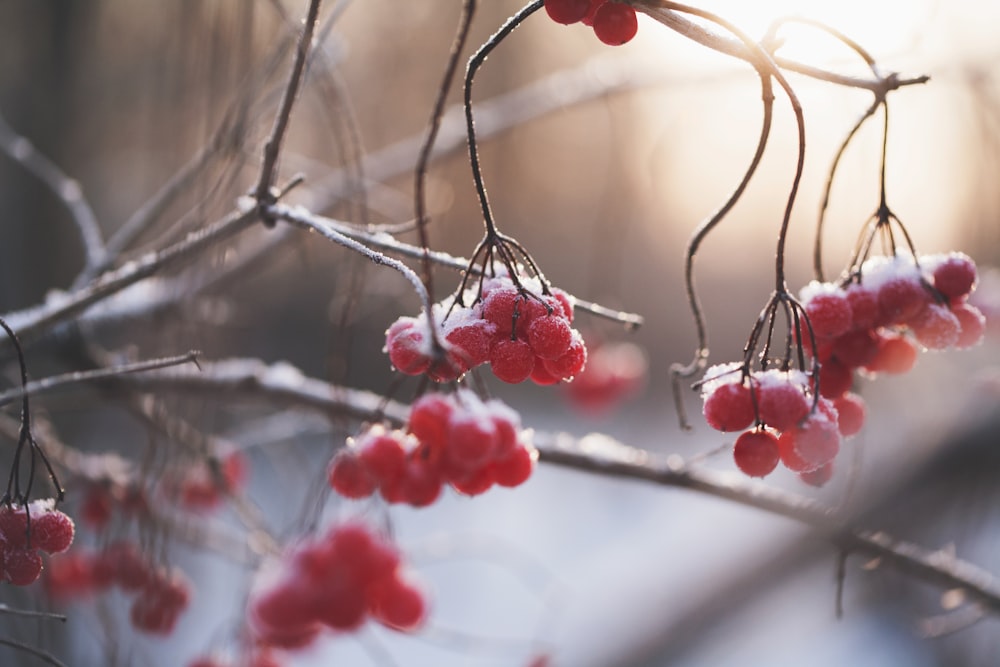Adding Color to Your Cold Season Garden: Winter Plants
Introduction
As the temperatures drop and the days grow shorter, many gardeners lament the loss of color and vibrancy in their outdoor spaces. However, with the right selection of winter plants, you can keep your garden looking beautiful even during the coldest months of the year. From evergreen shrubs to colorful berries, there are plenty of options to choose from when it comes to winter gardening.
Evergreen Beauties
Evergreen plants are a staple in winter gardens, providing much-needed color and structure when other plants have gone dormant. Varieties such as holly, boxwood, and yew retain their green foliage year-round, adding a touch of lushness to the winter landscape. Consider planting evergreen shrubs along borders or as focal points in your garden for lasting visual interest.
Colorful Berries
One of the highlights of the winter garden is the abundance of colorful berries that adorn many plants during the colder months. Plants such as winterberry holly, cotoneaster, and pyracantha produce vibrant berries in shades of red, orange, and yellow, adding a pop of color to an otherwise dreary landscape. These berries also provide valuable food for birds during the winter months, making them a valuable addition to any garden.
Fragrant Blooms
While many plants go dormant during the winter, some varieties continue to bloom, filling the air with their delightful fragrance. Winter-blooming flowers such as witch hazel, winter jasmine, and hellebore add beauty and scent to the winter garden, attracting pollinators and lifting the spirits of gardeners on chilly days. Plant these fragrant flowers near entryways or pathways where their blooms can be enjoyed up close.
Textured Foliage
In addition to color and fragrance, texture plays an important role in winter gardening. Plants with interesting foliage add depth and dimension to the garden, creating visual interest even when flowers are scarce. Consider incorporating plants with variegated leaves, such as euonymus or variegated ivy, or those with unique textures, such as ornamental grasses or ferns, to add variety to your winter landscape.
Winter Containers
Don’t overlook the potential of containers to add color and interest to your winter garden. Fill pots and planters with cold-tolerant annuals such as pansies, ornamental kale, and violas for a splash of color on your patio or doorstep. Add evergreen branches, pinecones, and berries for additional texture and visual appeal. Container gardening allows you to experiment with different plant combinations and create beautiful winter displays that can be enjoyed up close.
Protecting Your Plants
While many winter plants are hardy and can withstand cold temperatures, it’s essential to take steps to protect them during harsh weather conditions. Mulch around the base of plants to insulate the soil and retain moisture, and consider wrapping vulnerable plants with burlap or frost cloth to shield them from freezing temperatures and drying winds. Water plants deeply before the ground freezes to help them survive the winter months.
Planning for the Future
Winter gardening is not only about enjoying the beauty of the season but also about planning for the future. Take the time to assess your garden’s layout and design, and consider how you can incorporate more winter interest into your landscape. Plant trees and shrubs that provide winter color and structure, and add features such as bird feeders and birdbaths to attract wildlife year-round. With careful planning and attention to detail, you can create a winter garden that brings joy and beauty to your outdoor space for years to come.
Embracing Winter Beauty
While winter may seem like a barren and desolate time in the garden, it actually offers a wealth of opportunities for creativity and beauty. By choosing the right combination of winter plants and incorporating them into your landscape design, you can create a garden that is as vibrant and colorful in the winter as it is in the summer. Embrace the beauty of the season and enjoy the tranquility and serenity of your winter garden.










